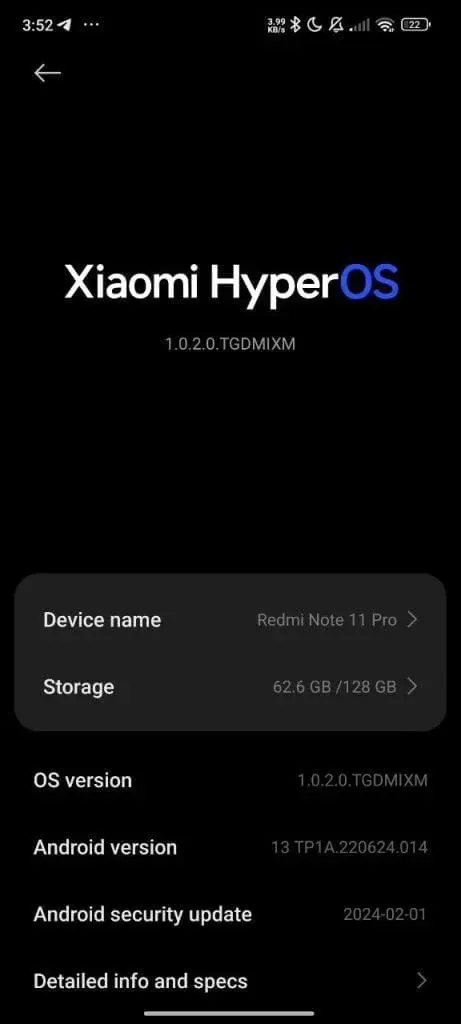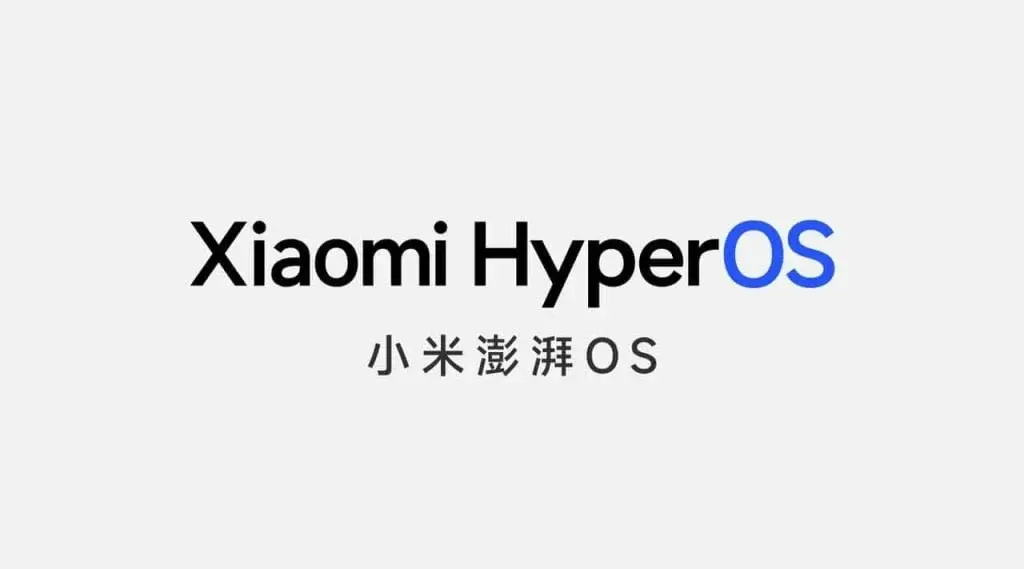HMD Global has expanded its lineup by introducing a cost-effective smartphone, the HMD Aura, in Australia. This new release follows the company’s earlier launch of the Pulse series in Europe, which also focused on repairability and used the 12nm Unisoc T606 chipset.
Key Specifications and Features
The HMD Aura boasts a 6.56-inch IPS LCD display with a resolution of 900 x 1600 pixels. Unlike the Pulse Pro, which features a punch-hole cutout for the front camera, the Aura opts for a water drop notch. It also offers a wider 16:9 aspect ratio display compared to the more common 20:9 ratio.
The phone is available in two colors: Glacier Green and Indigo Black.
Powered by the 28nm Unisoc SC9863A1 chipset, the same processor found in the Nokia C31, the HMD Aura scores around 160 in single-core and 725 in multi-core on the GeekBench 6 CPU test. It includes 4GB of RAM and 64GB of internal storage, sufficient for everyday tasks like web browsing and video streaming.
Additional Features
The device packs a 5000mAh battery with support for 10W charging via a USB-C port. It also includes a 3.5mm headphone jack.
The camera setup consists of a 13MP main camera on the back, complemented by an auxiliary lens for depth mapping, and a 5MP front-facing camera for selfies.
For security, it features a back-mounted fingerprint scanner located below the flash module. The HMD Aura runs on Android 13 right out of the box.
Pricing and Availability
In Australia, the HMD Aura is priced at AUD 180 ($118). For comparison, the HMD Pulse with 4GB RAM and 128GB storage is available for AUD 230 ($150).



